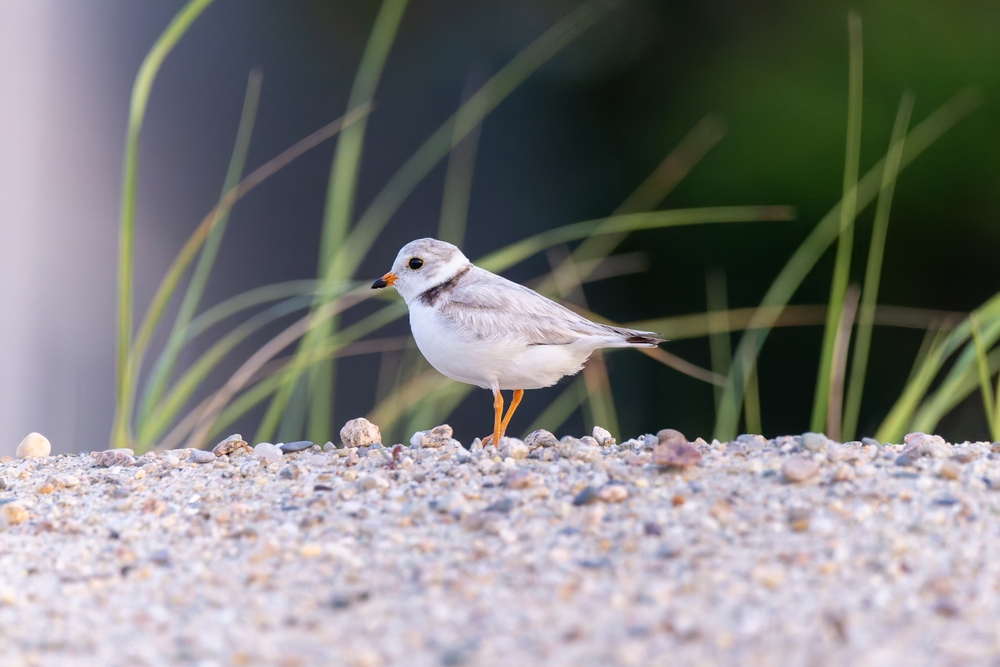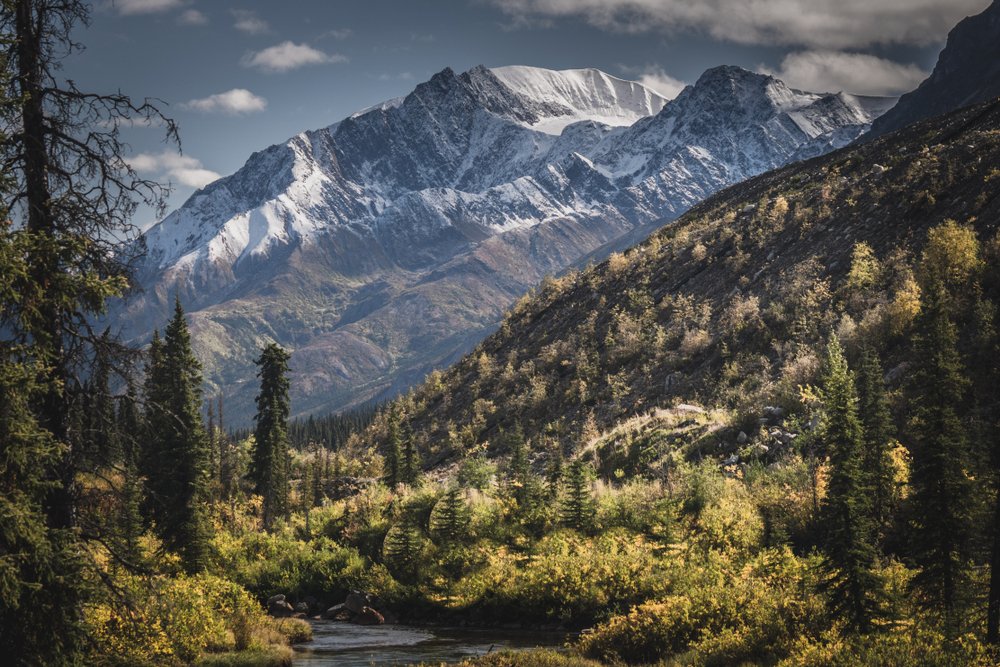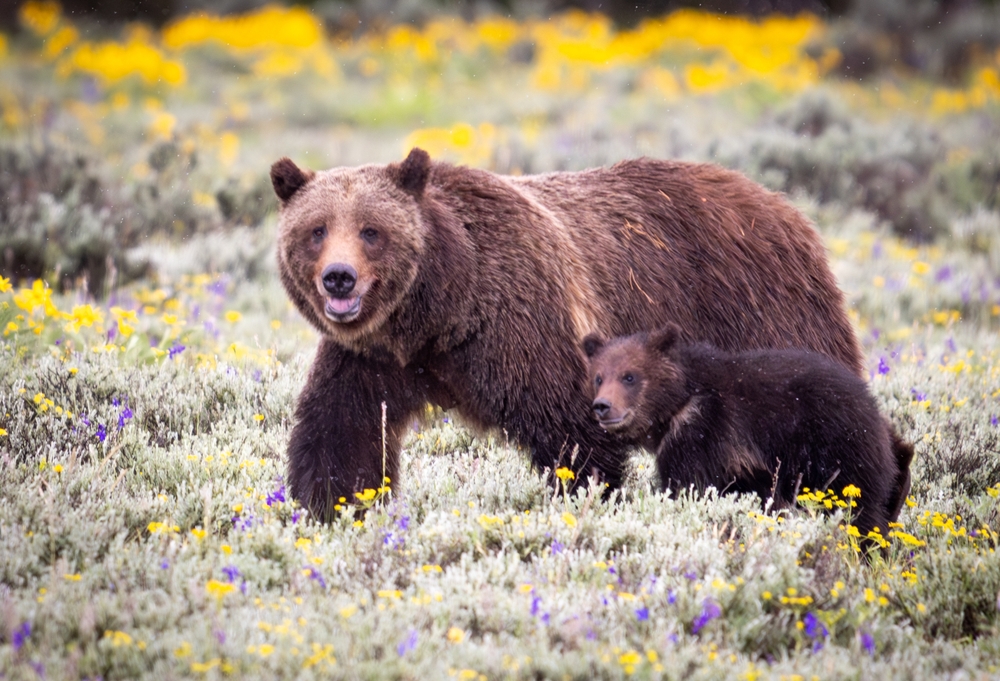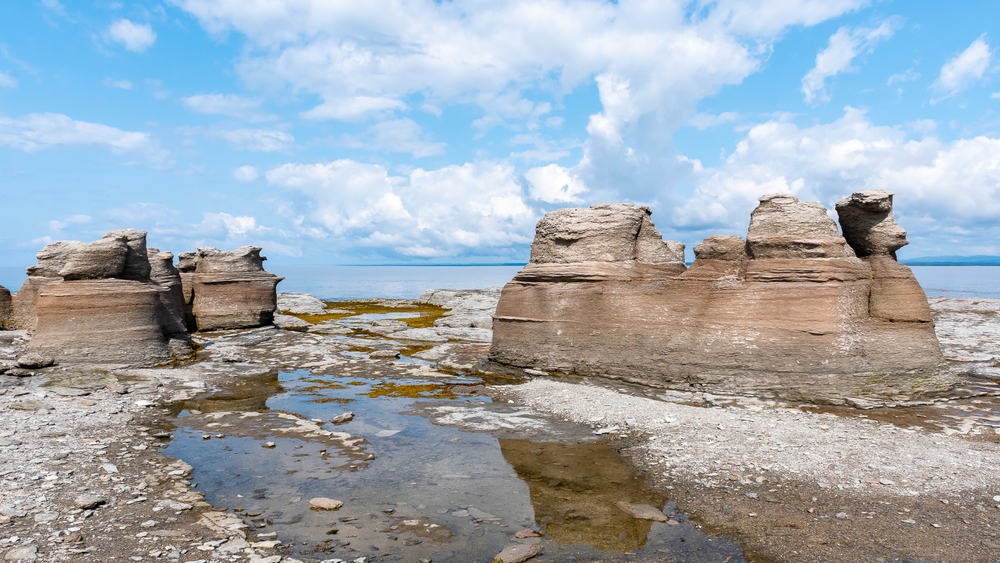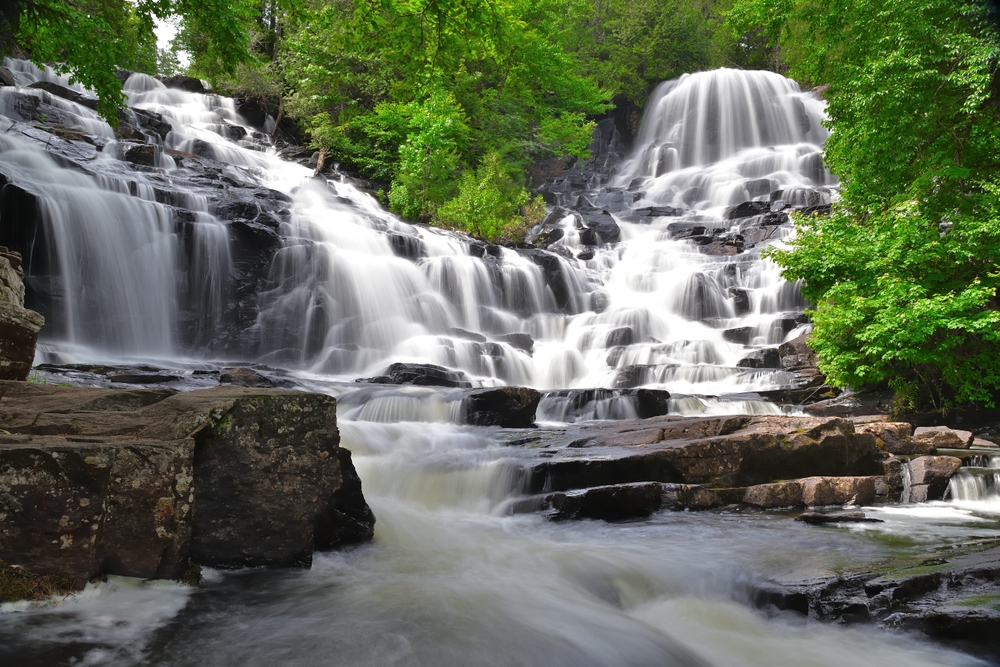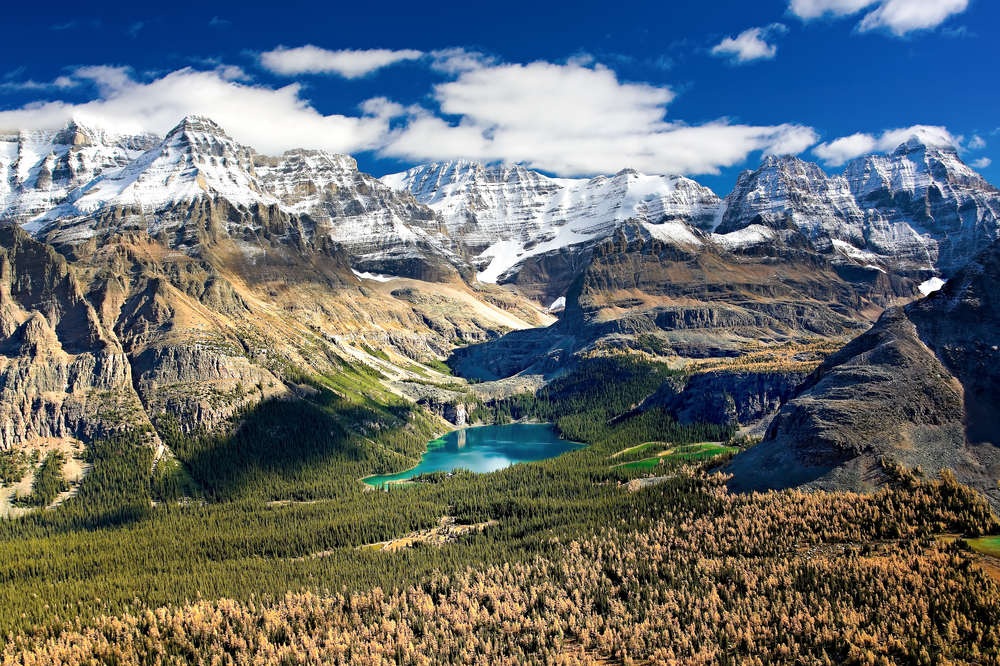Point Pelee Overview
Point Pelee National Park, known in French as Parc national de la Pointe-Pelée, is located in southwestern Ontario, Canada. It covers an area of approximately 15 square kilometers (5.8 square miles) and is the southernmost national park in Canada.
Situated on a peninsula that extends into Lake Erie, the park is renowned for its unique geography, mild climate, and extraordinary biodiversity. Established in 1918, Point Pelee is one of Canada’s smallest national parks, yet it remains one of the most ecologically significant due to its role as a vital stopover for migratory birds and butterflies.
The terrain of Point Pelee National Park is characterized by marshlands, swamp forests, savannahs, and sandy beaches. The peninsula itself is a sand spit formed by erosion and deposition, constantly shifting due to the forces of wind and water. The marshland, which makes up nearly two-thirds of the park, is an essential wetland habitat and a designated Ramsar Wetland of International Importance.
Carolinian forest dominates much of the dry land, with species such as eastern cottonwood, hackberry, and tulip trees providing dense coverage. The shifting dunes along the shoreline add to the park’s dynamic landscape, giving visitors a glimpse into the natural forces that continue to shape the region. The tip of the peninsula, the southernmost point of mainland Canada, is a particularly striking feature, offering an ever-changing vista of water, sky, and land.
Wildlife in Point Pelee National Park is rich and diverse, particularly in bird and insect species. The park is internationally recognized as one of North America’s premier birdwatching destinations, especially during spring and fall migration seasons.
More than 390 species of birds have been recorded here, including warblers, sandpipers, and the strikingly beautiful Prothonotary Warbler. Raptors such as peregrine falcons and bald eagles are also seen soaring overhead.
The park is equally famous for hosting thousands of monarch butterflies each fall as they gather before embarking on their incredible journey to Mexico. Other notable wildlife includes white-tailed deer, raccoons, and various amphibians and reptiles, including the endangered eastern foxsnake.
Point Pelee National Park is celebrated for its accessibility and offers numerous ways for visitors to experience its natural wonders. Birdwatching is by far the most popular activity, with the annual Festival of Birds drawing enthusiasts from around the world.
The park also features scenic hiking trails, such as the Marsh Boardwalk, which allows visitors to explore the rich wetlands up close. Canoeing and kayaking through the marsh channels offer an immersive experience into the park’s aquatic ecosystems.
In warmer months, swimming and picnicking along the sandy shores of Lake Erie provide additional recreational opportunities. The tip of Point Pelee is a must-visit landmark, and its constantly shifting nature makes each visit unique.
Conservation remains a primary focus of the park’s management. Efforts to restore and protect native ecosystems have been ongoing, including the removal of invasive plant species and the reintroduction of native flora. Marsh restoration projects have helped maintain the delicate balance needed to support migratory birds and other wildlife.
However, challenges such as climate change, shoreline erosion, and habitat loss continue to pose threats to the park’s biodiversity. Despite these challenges, ongoing conservation initiatives and public education programs have contributed to the park’s ecological health and sustainability.











































































